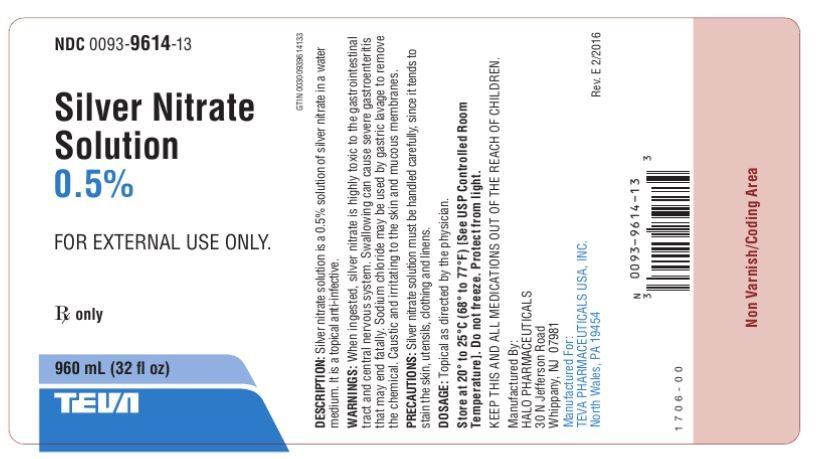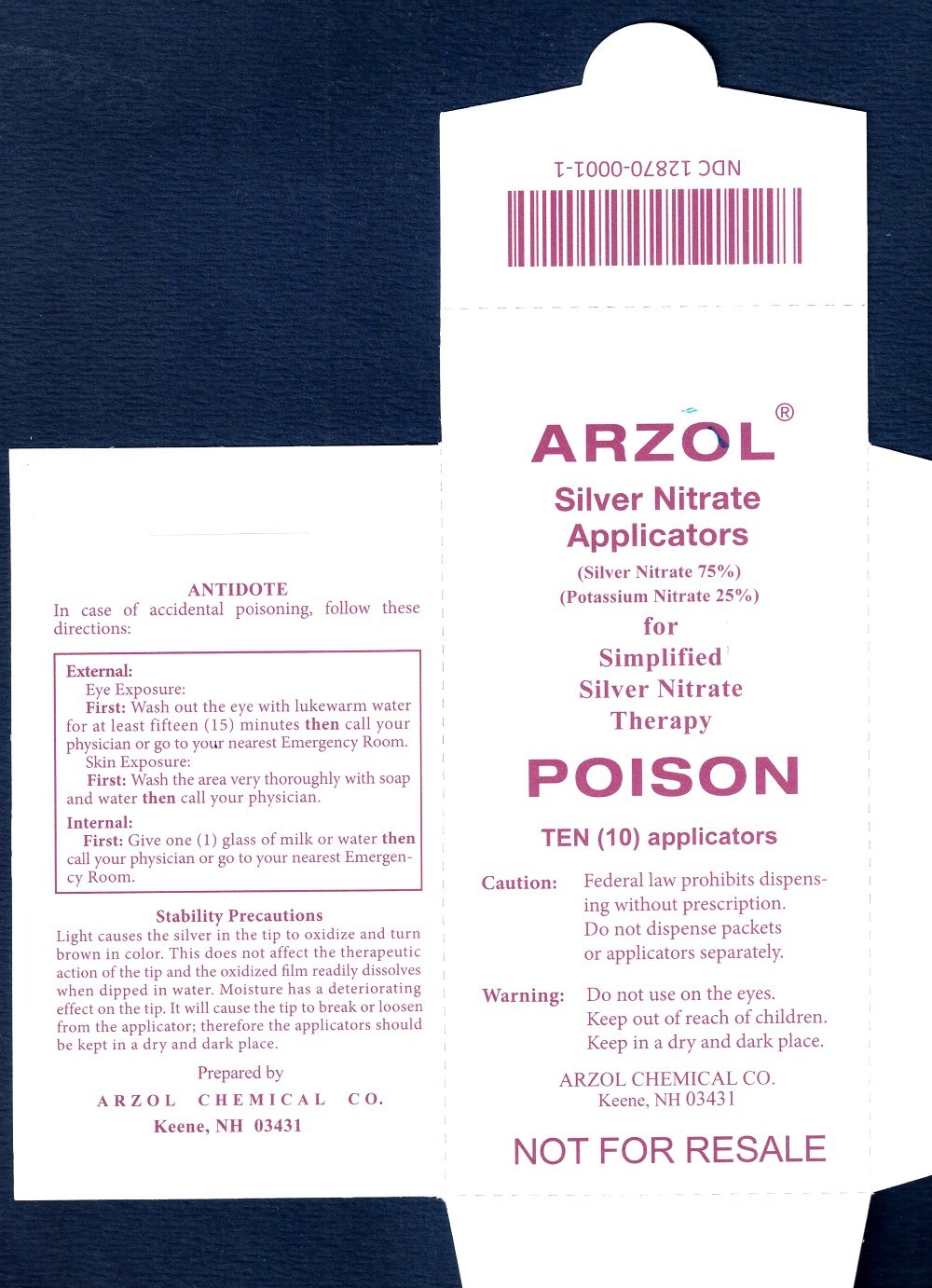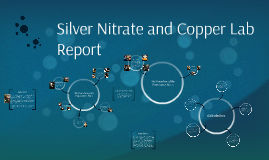5 Facts About Silver Nitrate

Silver nitrate topical for use on the skin is used to cauterize infected tissues around a skin wound.
5 facts about silver nitrate. Silver nitrate ophthalmic soln usp is soln of silver nitrate in water medium. Silver nitrate is also used to help remove warts or skin tags. Silver nitrate has no known severe interactions with other drugs. Silver nitrate coagulates cellular protein to form an eschar and this mode of action is the postulated mechanism for control of benign hematuria rhinitis and recurrent pneumothorax.
Silver nitrate or lunar caustic is used extensively in photography. The solubility at 20 c 68 f is 222 grams per 100 grams of water. 2 21 grams per cubic centimeter in powder form like we sell melting point. It is a colorless odorless solid crystalline compound.
However silver is a poor reflector of ultraviolet light. Silver nitrate has no known minor interactions with other drugs. Silver nitrate properties cas number. Polished silverreflects 95 of the visible light spectrum.
Silver nitrate is soluble in water acetone ether ammonia and glycerol. 4 35 grams per cubic centimeter when compressed density. Silver nitrate can also help create a scab to help stop bleeding from a minor skin wound. Properties of silver nitrate.
It is moderately soluble in methyl and ethyl alcohols and to a lesser extent in various other organic solvents. 169 87 grams mole high purity agno3 contains 67 27 silver normal purity agno3 contains 63 55 silver density. Although silver itself is not considered toxic most of its salts are poisonous due to the anionsinvolved. Soln may be buffered by addition of sodium acetate.
209 7 degree celsius boiling point. Silver nitrate is made in large quantities by dissolving silver in nitric acid. It contains 0 95 1 05 of agno3. Silver nitrate is a natural compound that is used as an antiinfective agent.
It contains 0 95 1 05 of agno3. Exposure to silver metal and soluble compounds should not exceed 0 01 mg m3 8 hour time weighted average for a 40 hour week. 212 c 413 f boiling. It is the most reflective element which makes it useful in mirrors telescopes microscopes and solar cells.
It has bitter metallic taste and. Moderate interactions of silver nitrate include.












































